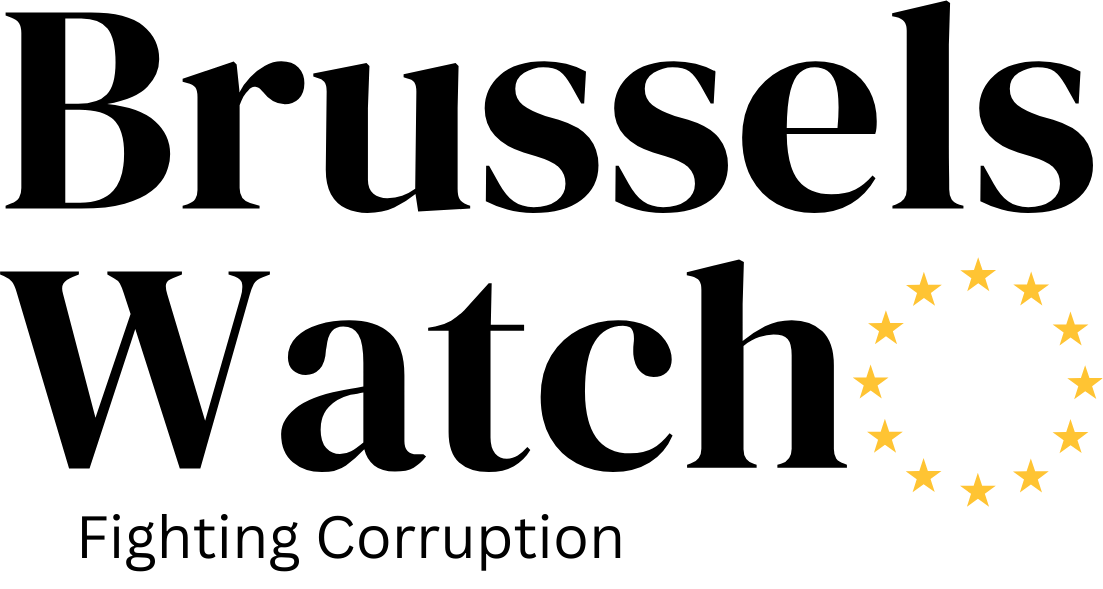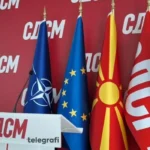The events of recent days confirm what many predicted: the war between Hamas and Israel will not be confined to the Gaza Strip. Red Sea, Turkey, Iran, Lebanon: the time has not yet come for conflagration but for the multiplication of outbreaks. Yemeni Houthi rebels yesterday claimed responsibility for an operation against a French ship in the Red Sea before an attack killed more than a hundred people during a ceremony in Iran. A few hours earlier, Turkish police arrested 34 people suspected of spying for Mossad and a strike attributed to Israel killed a powerful Hamas leader in Beirut. This territorial contagion is fueled by a double spiral: the desire of the Hebrew State to eliminate the leaders of the Islamist movement wherever they are and the solidarity of Muslim countries towards the Palestinian cause which is intensifying day by day. The scale of the massacre of October 7, which left 1,200 dead in Israel, and the massive and indiscriminate response of the IDF in the Gaza Strip shattered the dikes behind which the belligerents had lined up. The current explosions are at the height of the illusory status quo which seemed to freeze the Israeli-Palestinian question; Israel, its neighbors and Iran each find their interest in this fool’s game. But, for three months, Tehran has been activating its terrorist branches in Yemen and Lebanon to prolong the spectacular offensive launched on Israeli soil by Hamas, with its support. By mixing a legitimate counter-offensive with the deadly design of the religious nationalist right with which he has made a pact, Benjamin Netanyahu for his part is fueling the hatred of his enemies. This escalation does not reveal any immediate solution. This is why the United States aspires to see Israel change its military doctrine in Gaza, and why Josep Borrell, the head of European diplomacy, considers that the solution to the conflict “must be imposed from the outside”. In this corner of the world, interference has always been the driving force of war, but also of peace.
This article is originally published on dna.fr






